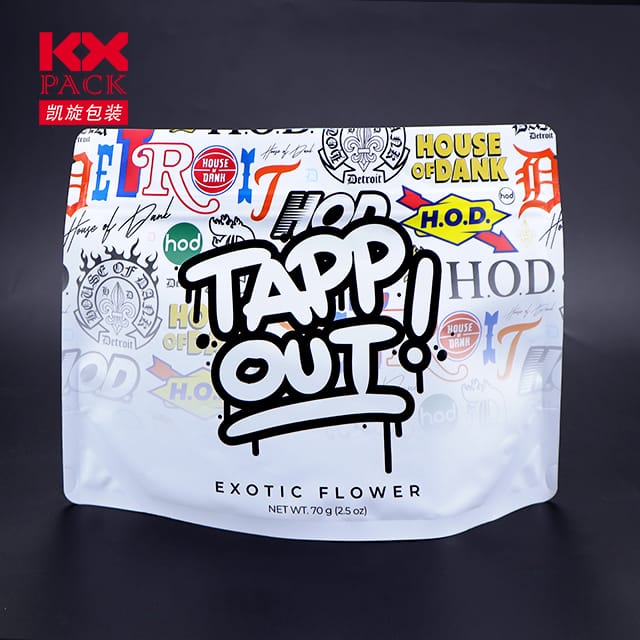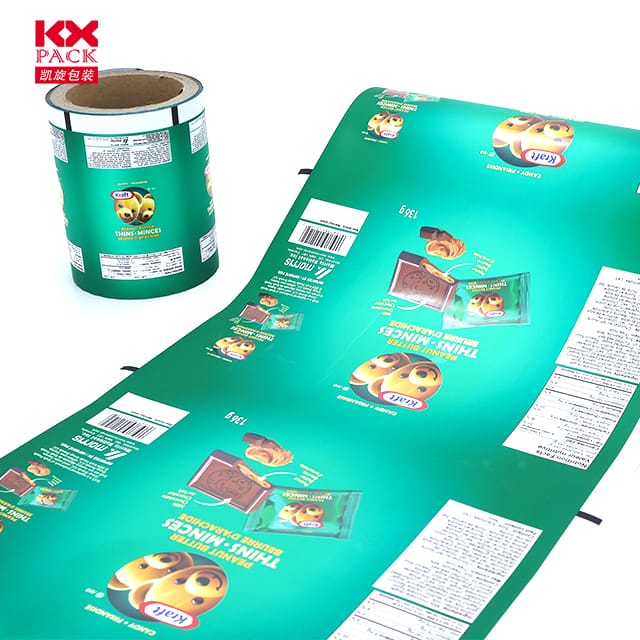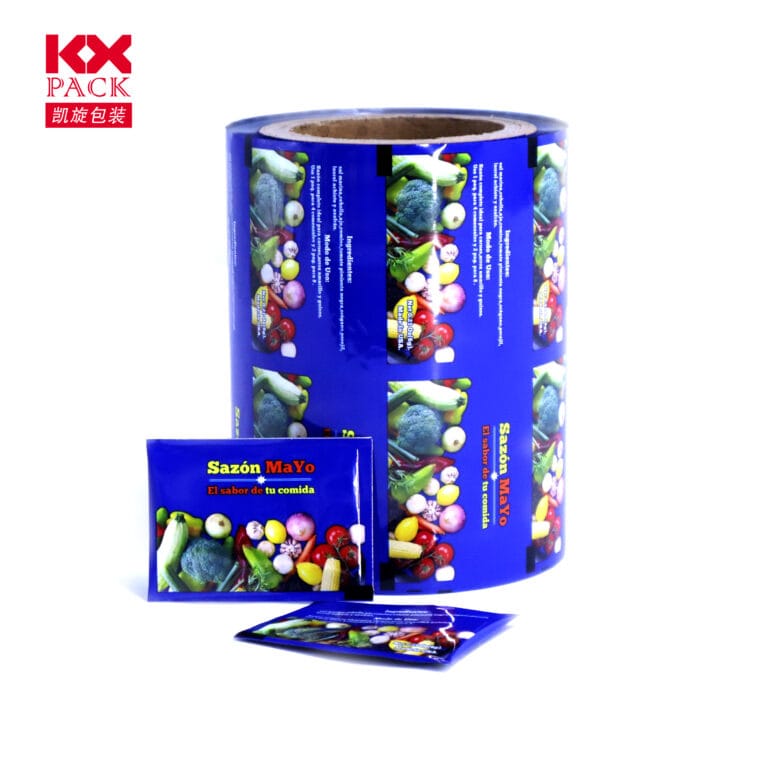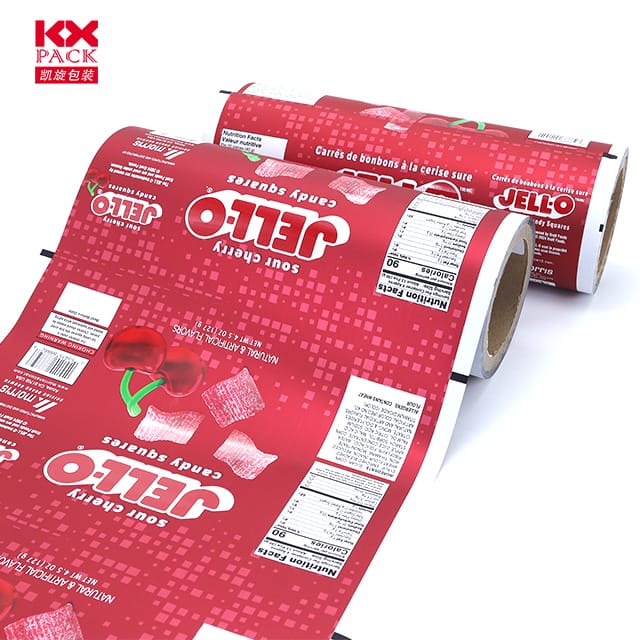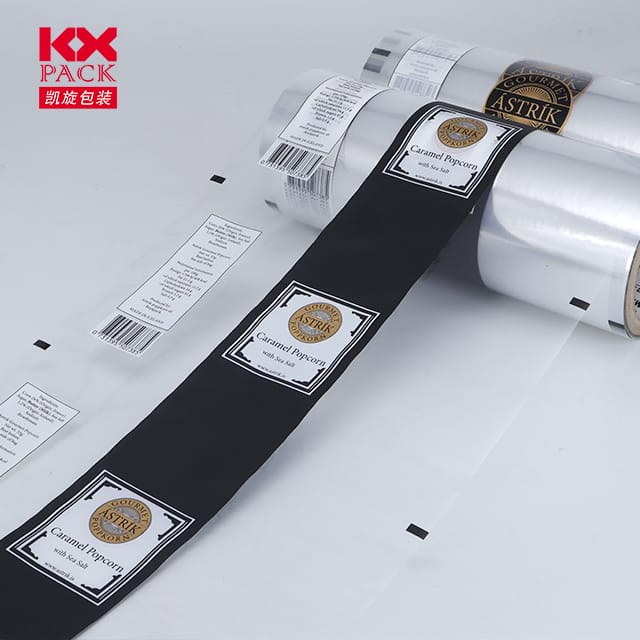Viitorul filmelor de ambalare a alimentelor: Sustenabilitate, Inovaţie, și dincolo de (1)
Food Packaging Films
In an era where environmental consciousness is reshaping consumer habits, the role offolii de ambalare a alimentelor has moved beyond mere preservation to become a critical component of sustainable food systems. De la prelungirea duratei de valabilitate la reducerea deșeurilor, Aceste straturi subțiri de polimer joacă un dublu rol în protejarea calității alimentelor și în protejarea planetei. Let’s explore the latest trends, provocări, and innovations in food packaging films.
1. The Evolution of Food Packaging Materials
Traditional Food Packaging Films, cum ar fi polietilena (PE), polipropilenă (PP), și tereftalat de polietilenă (ANIMAL DE COMPANIE), have long dominated the market due to their durability, flexibilitate, și rentabilitate. in orice caz, their non-biodegradable nature has sparked urgent calls for alternatives. Enter biodegradable and compostable films made from materials like polylactic acid (PLA), polyhydroxyalkanoates (PHA), and algae-based polymers. These innovations aim to reduce plastic pollution while maintaining functionality.
Key Innovations:
- Nano-enhanced Films: Embedded with antimicrobial nanoparticles (De ex., silver or zinc oxide) to inhibit microbial growth without preservatives.
- Edible Coatings: Made from proteins, polysaccharides, or lipids, these films are safe to consume and reduce waste.
- Ambalaje inteligente: Sensors embedded in films can monitor freshness, temperature, or spoilage, alerting consumers via color changes or QR codes.
2. Sustainability Challenges and Solutions
The global Food Packaging Films industry faces a paradox: 8 million tons of plastic waste enter oceans annually, yet packaging prevents 27% of food loss. Striking a balance requires rethinking material choices and end-of-life strategies.
Provocări:
- Recycling Complexity: Multi-layer films are hard to recycle, leading to contamination in recycling streams.
- Cost Barriers: Biodegradable alternatives are often pricier due to scaling limitations.
- Consumer Confusion: Labels like “biodegradabile” sau “compostabil” can mislead without proper disposal infrastructure.
Solutions:
- Circular Economy Models: Closed-loop systems where used films are collected, recycled, and repurposed.
- Policy Push: Governments are incentivizing eco-friendly packaging (De ex., EU’s Single-Use Plastics Directive).
- Collaboration: Partnerships between brands, material scientists, and waste management firms to streamline solutions.
3. Trends Shaping the Industry
- Rise of Plant-Based Polymers: Food Packaging Films Materials derived from corn, potato starch, or mycelium (mushroom roots) are gaining traction.
- Minimalist Packaging: Brands like M&S and Loop are adopting refillable containers and zero-waste designs.
- Carbon Footprint Tracking: Life-cycle assessments (LCAs) are becoming standard to quantify environmental impact.
Case Study: Danish companyNotpla creates seaweed-based packaging that dissolves in 4-6 weeks. Partnering with Just Eat, they replaced 500,000 plastic sauce sachets with marine-friendly alternatives.
4. The Consumer-Brand Dynamic
Modern shoppers prioritizetransparency and purpose. A survey by McKinsey found that 70% of consumers are willing to pay more for sustainable packaging. Brands that communicate their eco-efforts authentically—e.g., Patagonia’s 100% compostable snack bags—build trust and loyalty.
5. Looking Ahead: What’s Next?
The future of food packaging films lies inhybrid solutions:
- Bio-based + Smart Technology: Films that are both compostable and equipped with freshness sensors.
- Regional Adaptation: Tailoring packaging to local waste infrastructure (De ex., compostable in urban areas, recyclable in regions with robust systems).
- AI-Driven Design: Algorithms optimizing material use and reducing over-packaging.
Concluzie
Food packaging films are no longer just a protective barrier—they’re a canvas for innovation, sustenabilitate, and ethical responsibility. By merging cutting-edge materials with circular thinking, the industry can curb environmental harm while ensuring food security. As consumers, businesses, and policymakers align their efforts, the vision of a zero-waste food chain moves from aspiration to reality.
Let’s wrap up the future responsibly. 🌍🍎
Hashtags: #SustainablePackaging #FoodTech #CircularEconomy #EcoInnovation #PlasticFree
This blog post balances technical insights with actionable trends, making it suitable for industry professionals, eco-conscious consumers, and sustainability enthusiasts. Would you like me to expand on any section or add specific data points?

